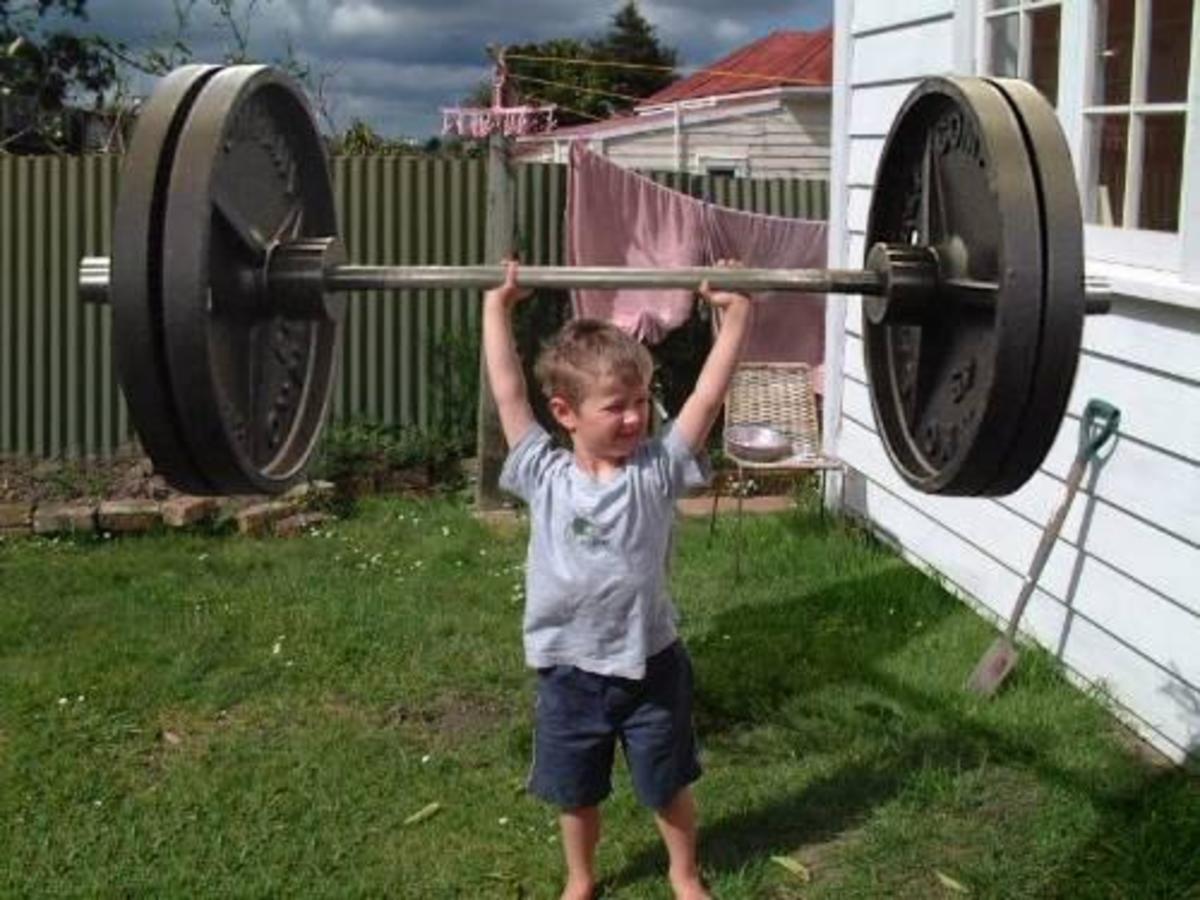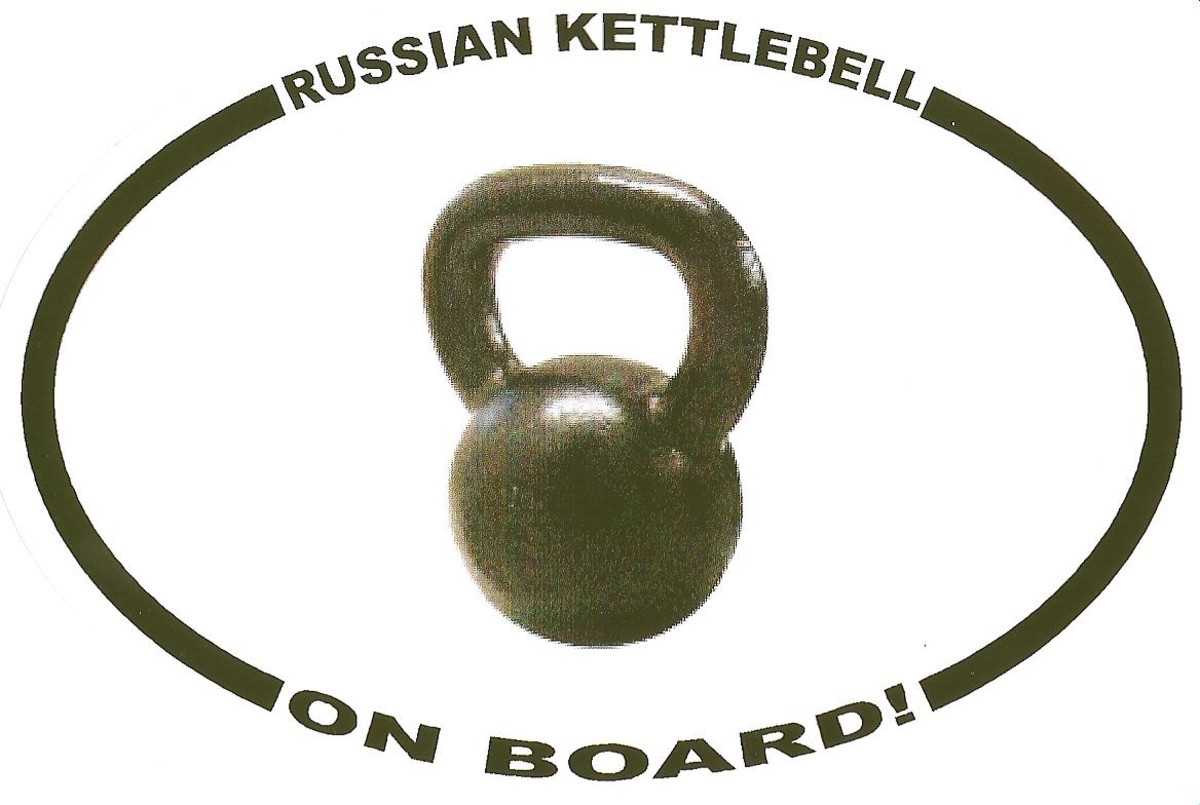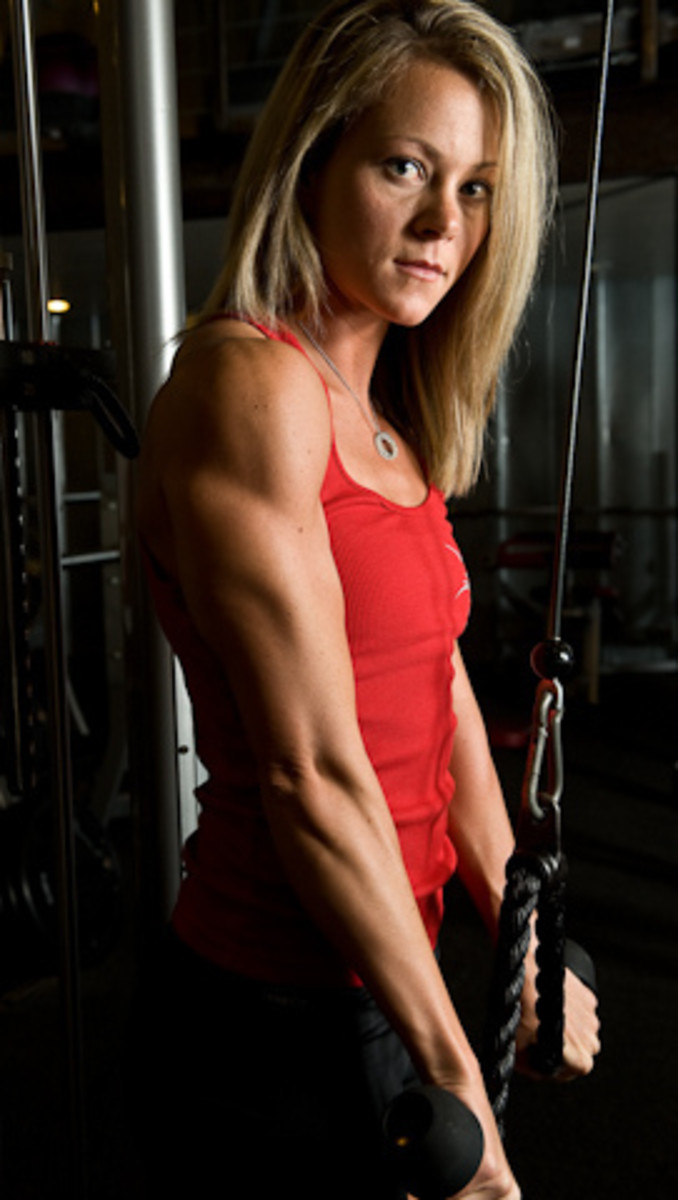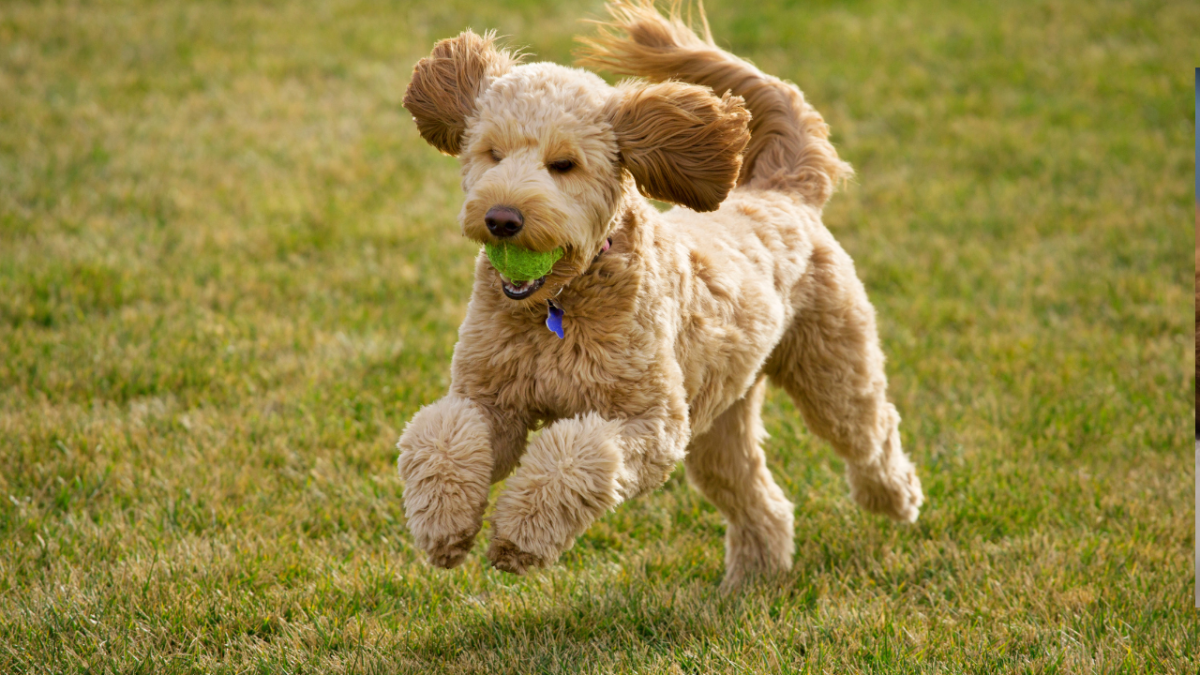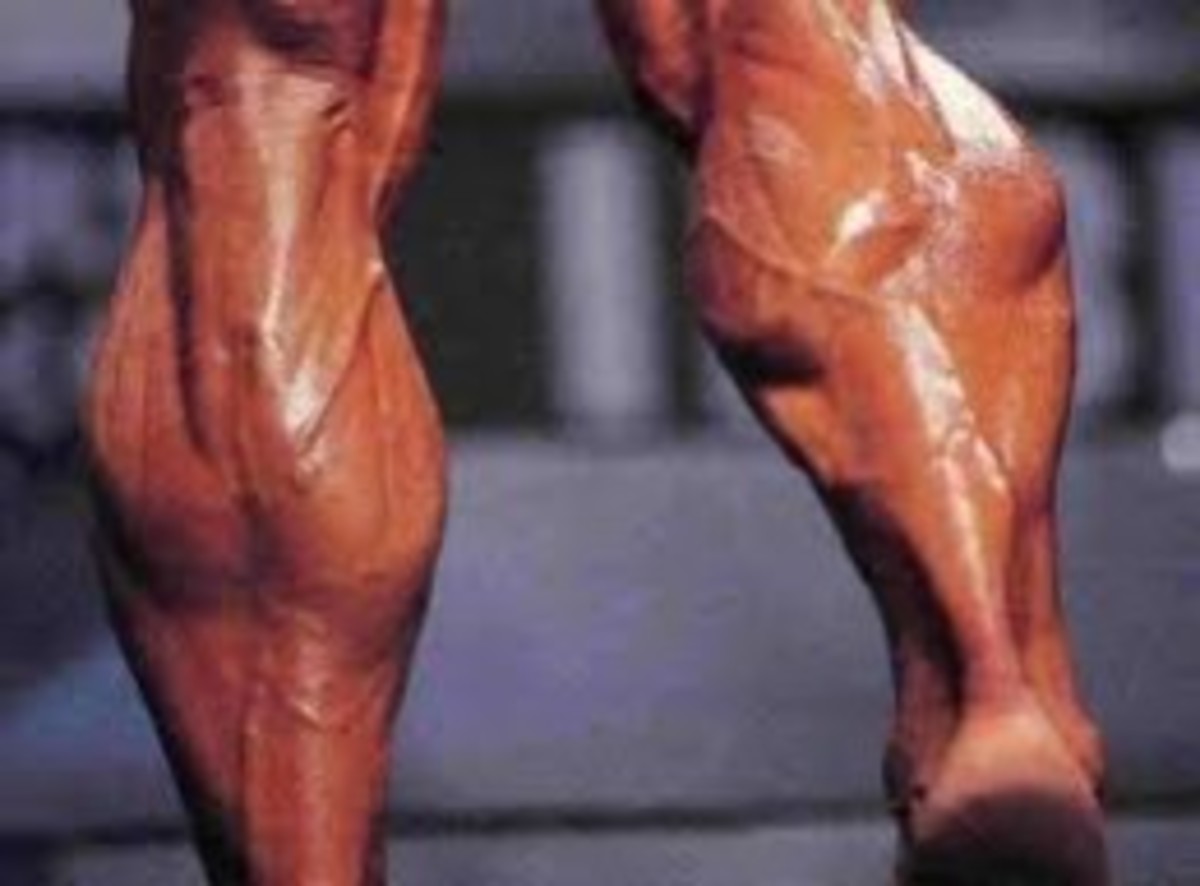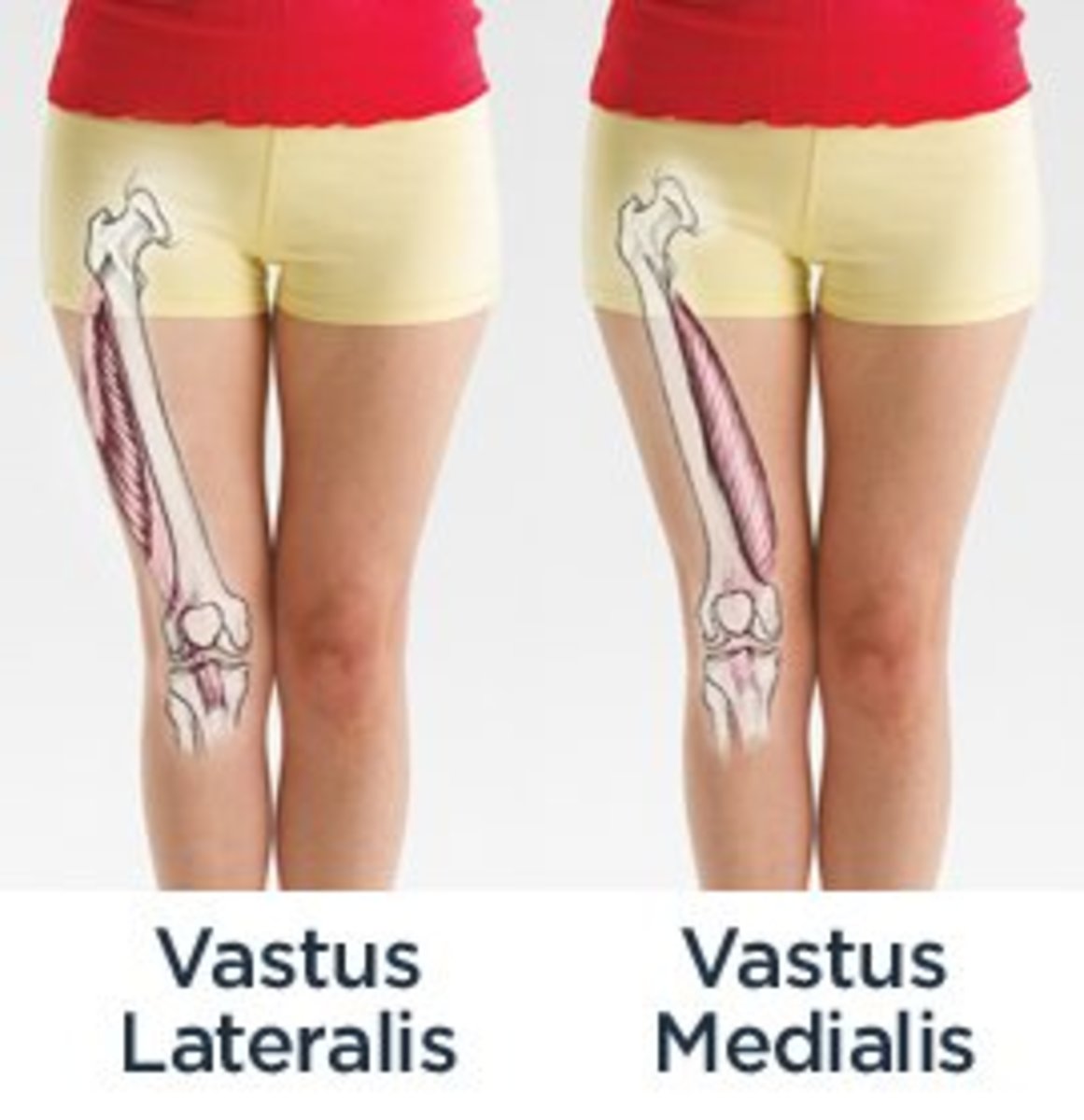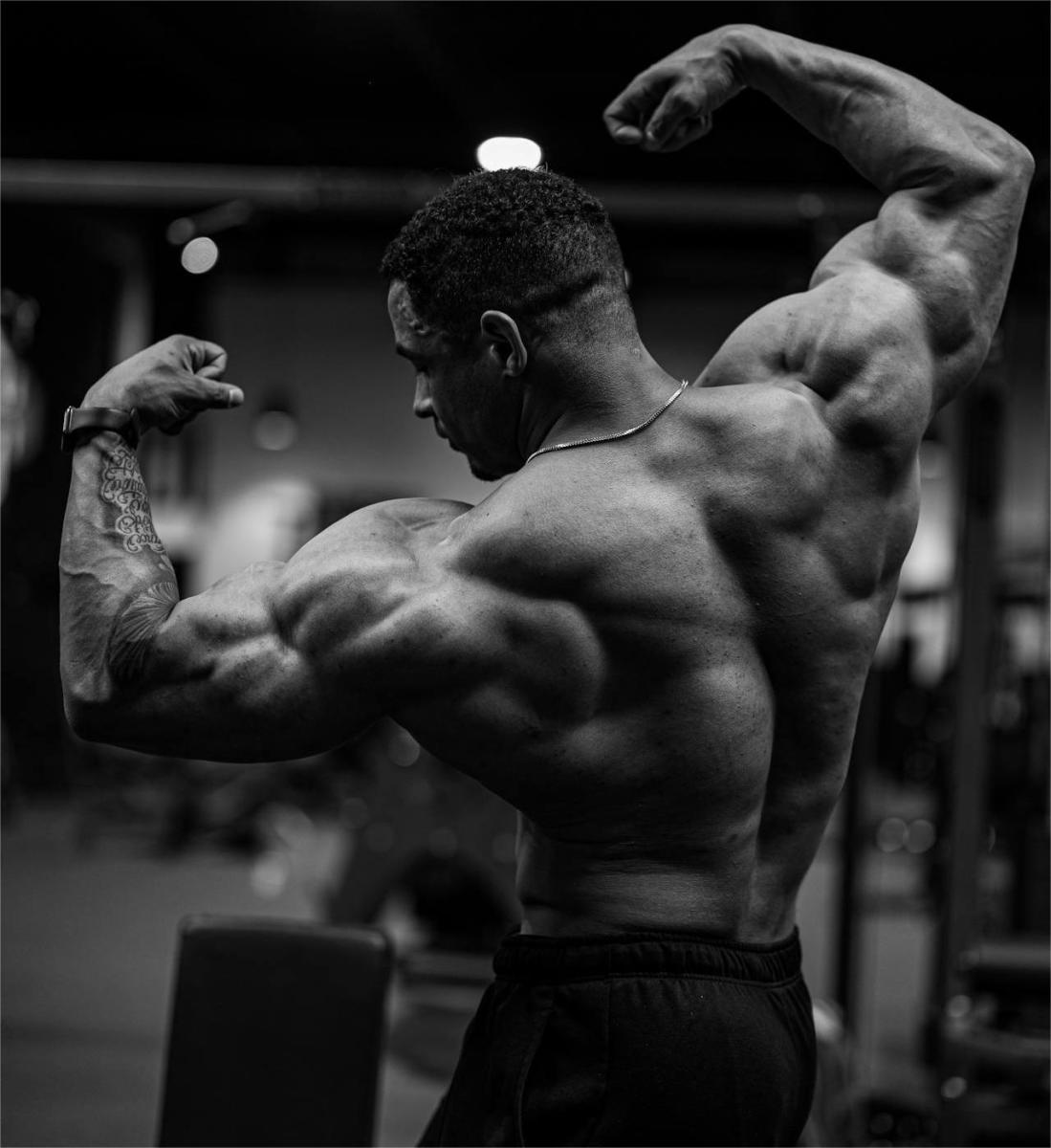Plyometrics - How To Power Train
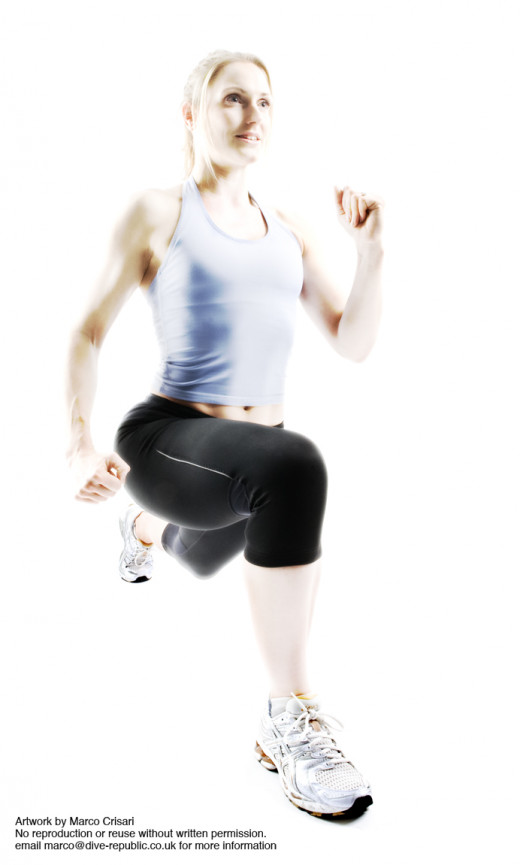
Despite a sudden new level of interest, 'plyometric' training was first documented in the US in the l960s and has been used by athletes all over the world as a way to increase power, speed and explosive reaction to improve performance.
According to Gordon Adam, ex-national athletics coach, professional trainers have used plyometrics to hone the performance of top sports people for decades. He says that, "Any sport which relies on short bursts of explosive energy and strength, including football, racquet sports like tennis and volleyball, plus athletic disciplines such as sprinting and hurdling, all benefit from specific plyometric training."
How it Works
Never used in isolation, plyometric training is designed to improve the strength and workload of every muscle by increasing its ability to stretch. The key to this is the time it takes for the muscle to switch from the lengthening or yielding phase to the shortening or overcoming work phase. Once a muscle has been specifically trained using plyometrics, its elastic or explosive strength can be maximised, then channelled into a powerful movement like a jump or a bound.
So what do you do?
Put simply, plyometrics covers just about any form of bounding, jumping and hopping exercise by involving the muscles in a yield-style move first, helped by the action of gravity, to control the downward move of the body. It then uses them again in a more powerful action to propel the body upwards or forward. This type of training can therefore develop sport specific strength and power where you need it most.
Who needs it?
Your body will be put under far greater pressure during a plyometric workout than during a conventional gym session. That's why it's essential for you to have attained a certain degree of real fitness and strength before attempting any of the moves. And while many experienced and professional athletes incorporate plyometrics into every day training, weight training should be a focal part of your workout regime before moving on to even simple bounding, skipping or jumping exercises.
Warming Up
As with all forms of exercise, a full warm up is essential. Stretching, jogging and general flexibility work are all excellent pre-plyometrics and you should follow with a full cool down. Well-cushioned shoes are essential, as is a proper surface to rebound on. And if you have any kind of knee or foot injuries it's essential to have these checked out before starting to train.
Getting started
There are a whole range of plyometrics exercises you can develop as part of your training programme. Here are some ideas:
LOWER BODY WORKOUTS
Drop or depth jumping is where you simply drop (not jump or leap) to the ground from a raised platform or box. Standing on the platform, with both feet together, you drop to the ground, then instantly drive back off from the floor aiming to go as far as possible. The drop down gives the muscles the pre-stretch and the second action becomes more powerful as you learn to control the time your feet are in contact with the ground. Adding extra load in the form of weights to increase strength and power can be gradually worked up to as the muscles adapt.
HURDLING, HOPPING AND BOUNDING
Jumping or bounding through the air using a wide stride in a running action helps to improve performance where a driving forward motion is important. This sort of plyometric training is used by all top class sports people to enhance sprinting and jumping ability. Bounding can be done using a two-legged bound, or hopping. Using a series of multiple jumps or hurdles is excellent for sprinting or jumping sports. Specific techniques such as jumping up, short jumps and long jumps all work the muscles in slightly different way to develop speed and power. Advanced plyometric exercises include shock jumps that involve jumping down off a platform then rebounding instantly over a hurdle, plus flying start single-leg hops.
UPPER BODY
Press-ups and hand claps condition and work the chest. The all important pre-stretch takes places as the hands land on the ground and the chest drops, this is followed by a quick powerful action as the body is propelled upwards to complete the exercise. Using a medicine ball is another good way to develop strength in the arms, chest and stomach. Lying on the floor, you'll need a partner to drop a medicine ball towards your chest. By catching the ball you activate the pre-stretch, then use power to pass the ball back. As with lower-body work, sessions can be intensified by increasing the number of repetitions but these should be worked up gradually as speed, strength and co-ordination improve.


